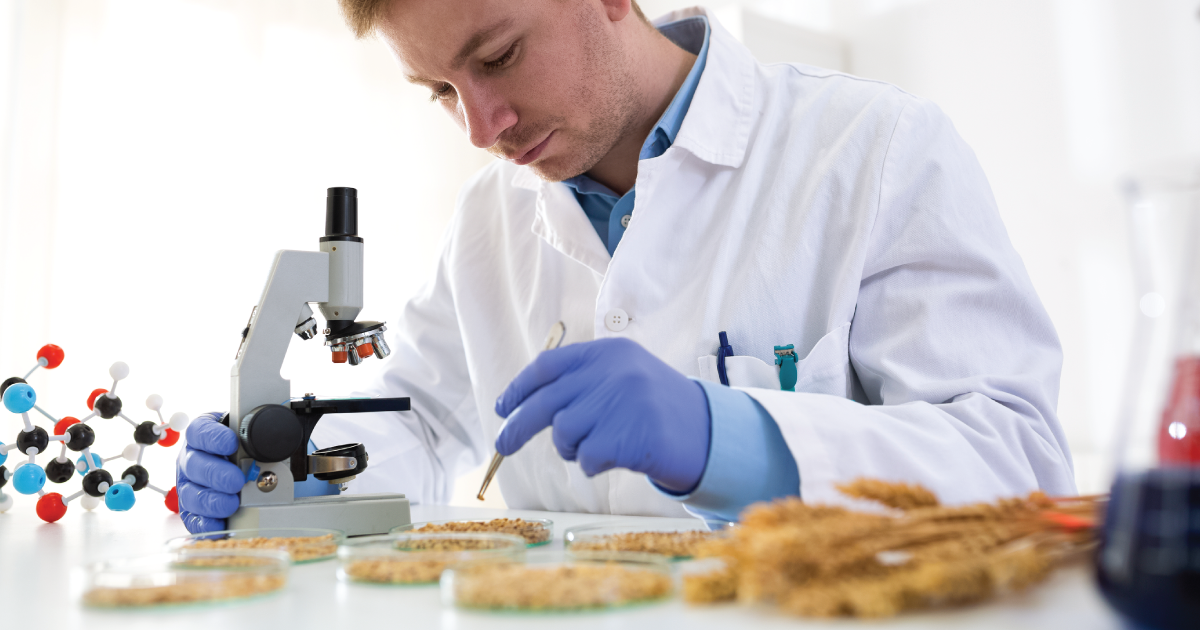
Tests to Detect Gene-Edited GMO Traits Could Be Available Within a Year
Tests to detect products developed using new gene editing techniques could be available within a year, according to a GMO testing expert. John Fagan, CEO of Health Research Institute and a molecular biologist who pioneered an early GMO test, says that the information and technology is available to develop tests to detect crops and products derived from gene editing techniques such as CRISPR, TALEN, and ODM (oligonucleotide mutagenesis).
October 30, 2018 | Source: The Organic and Non-GMO Report | by Ken Roseboro
Tests to detect products developed using new gene editing techniques could be available within a year, according to a GMO testing expert. John Fagan, CEO of Health Research Institute and a molecular biologist who pioneered an early GMO test, says that the information and technology is available to develop tests to detect crops and products derived from gene editing techniques such as CRISPR, TALEN, and ODM (oligonucleotide mutagenesis).
“Any of the leading GMO testing labs could create these tests. We expect to see PCR tests for ‘GMO 2.0s’ to be out within the next year,” Fagan says.
“If you change the DNA sequence, you can detect the change”
PCR, or polymerase chain reaction, is the standard laboratory test to detect genetically engineered DNA in crops and food products. PCR detects the foreign genes or “transgenes” inserted into the DNA of a sample. But the challenge with gene-edited traits is that no foreign DNA is introduced; changes are made to existing genes.
